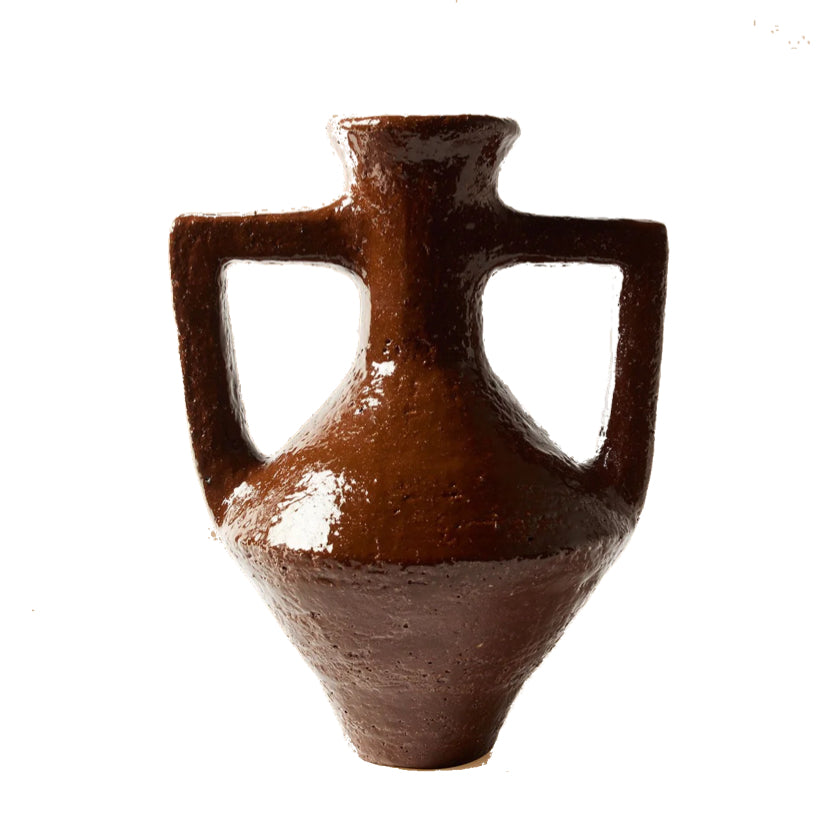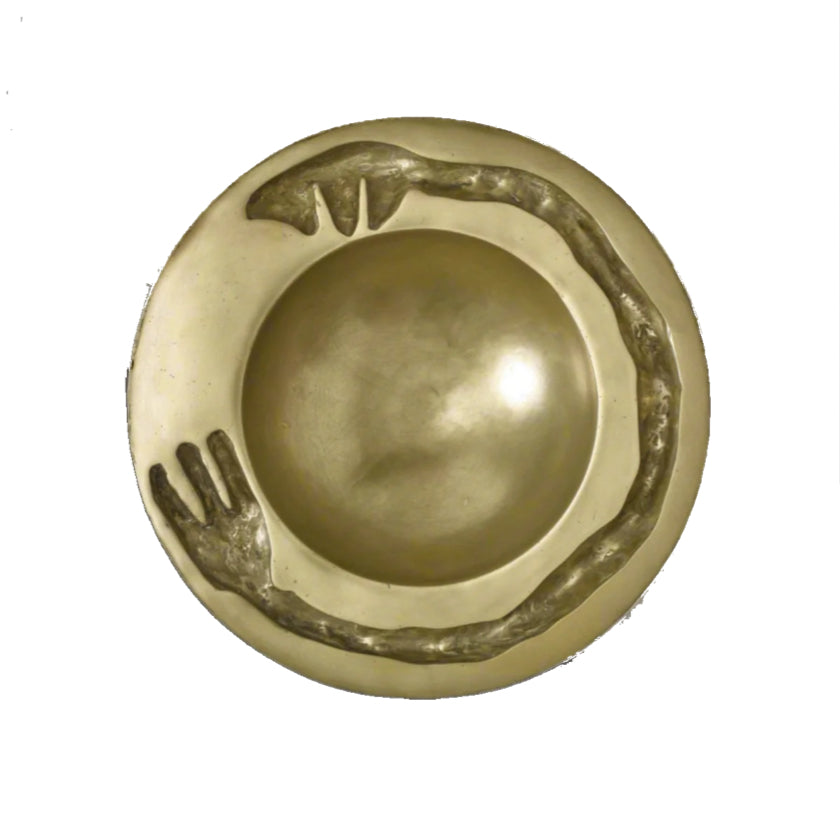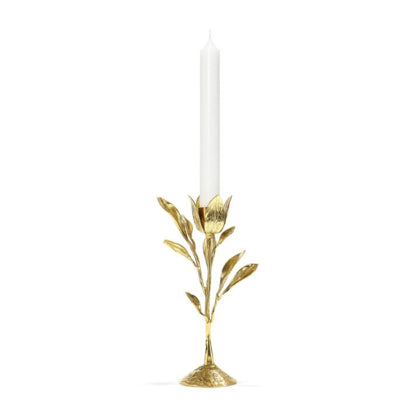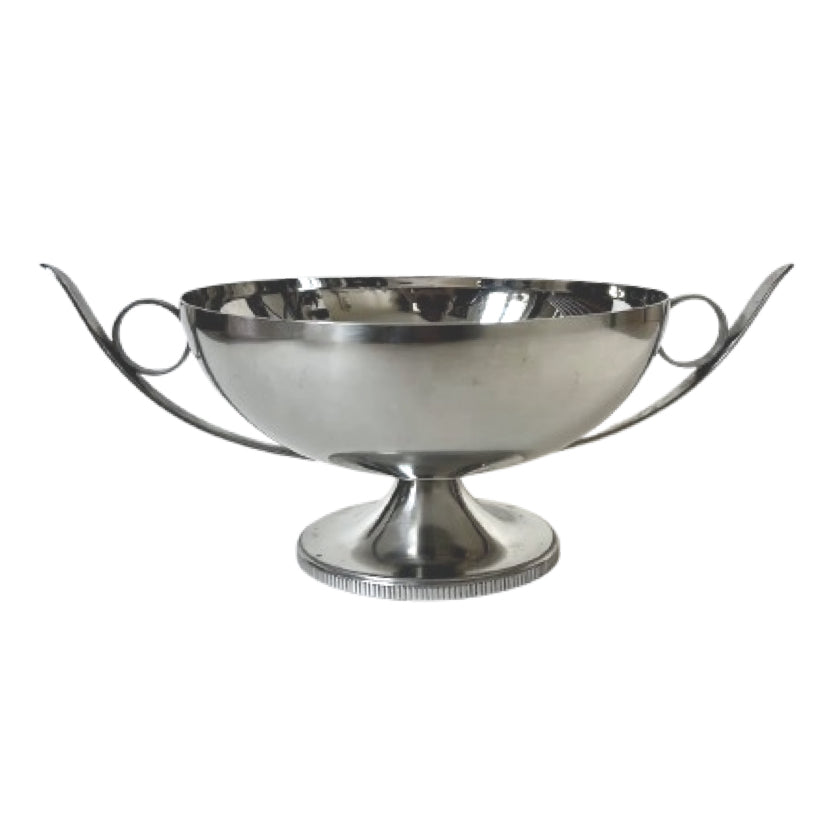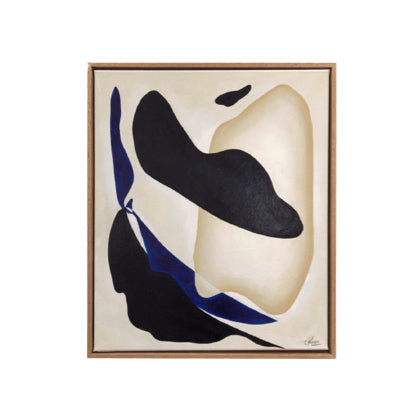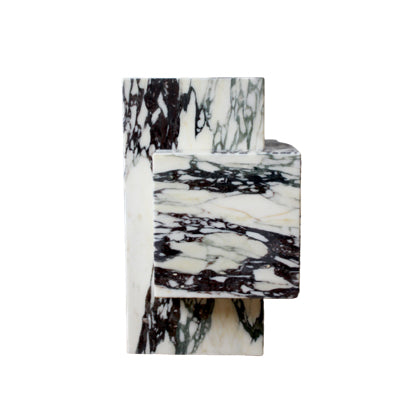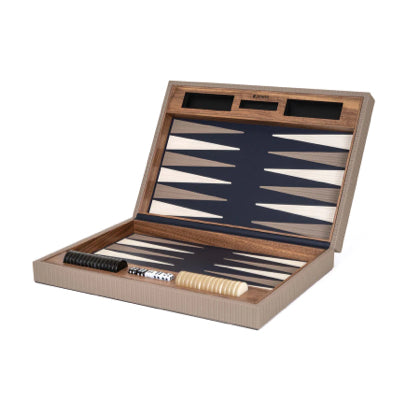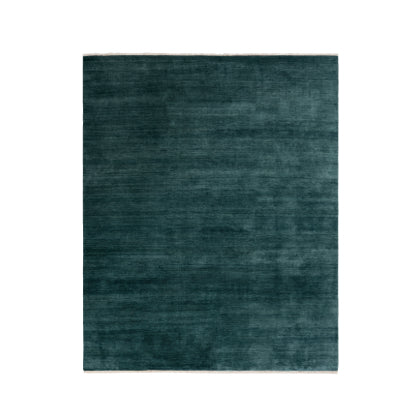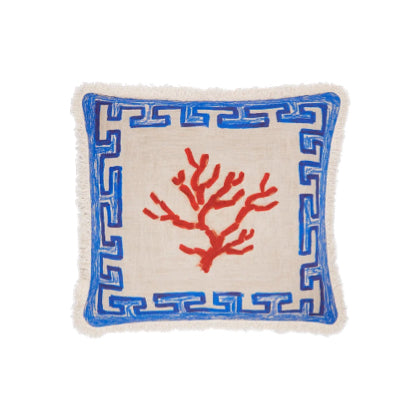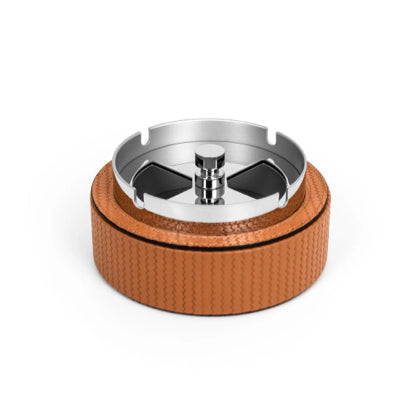Mid century furniture
The Allure of Mid Century Furniture in Our Collection
The philosophy behind our curation centers on a deep appreciation for the design principles that define mid century modern furniture. This era, spanning from the 1940s to the 1960s, is characterized by clean lines, organic forms, and an emphasis on functionality.
Our approach to curation involves a meticulous process of selecting vintage pieces that resonate with authenticity and craftsmanship. Each item in our collection is handpicked for its unique character and quality, ensuring that it brings a touch of history into your home. We aim to present furniture that not only serves a functional purpose but also sparks joy and conversation. By weaving together various styles and designs from the mid century era, we create a cohesive narrative that celebrates the timeless appeal of these treasured artifacts.
Furthermore, we take pride in sourcing pieces that are not only beautiful but also sustainable. Vintage mid century furniture often has a lower environmental impact than new production, making it an excellent choice for eco-conscious consumers. By reintroducing these pieces into modern spaces, we help preserve their legacy while contributing to a more sustainable future. Each selection in our collection is a testament to our commitment to quality, history, and the art of design.
Modern design emerged as a revolutionary response to the ornate styles that preceded it. During the mid-20th century, designers sought to create pieces that were functional yet aesthetically pleasing, embodying simplicity and elegance. This period was marked by a desire to break free from traditional constraints, allowing for the integration of new materials and techniques. The clean lines and organic shapes found in modern furniture not only showcase craftsmanship but also reflect a cultural shift towards minimalism and practicality. This shift was influenced by the growing middle class, who valued both style and functionality in their homes.
The cultural significance of modern design goes beyond mere aesthetics. It represents a time when society began to embrace new ideas about living spaces and how furniture could enhance everyday life. The incorporation of innovative materials such as molded plywood, fiberglass, and metals showcased a break from the past. Iconic pieces from this era, like the Eames lounge chair or the Noguchi coffee table, have become symbols of this modern movement, celebrated for their artistic value and enduring appeal. As we reflect on this rich history, we can appreciate how these designs continue to influence contemporary interiors.
Incorporating vintage elements into modern decor can create a harmonious blend of old and new. Vintage pieces often bring a sense of history and character to a room, making it feel more inviting and personalized. When styling with vintage items, consider selecting a few standout pieces that resonate with your personal aesthetic, while ensuring they complement the existing decor. For instance, a vintage chair can serve as a focal point in a contemporary living room, adding warmth and texture to the space.
Mixing and matching vintage furniture with modern accessories is an art that allows for creative expression. A vintage side table paired with a sleek, modern lamp can create a striking visual contrast that draws the eye. Another approach is to curate a cohesive color palette that ties together both vintage and contemporary elements, ensuring they coexist harmoniously. This thoughtful integration not only enhances the overall design but also showcases the unique stories behind each piece, celebrating their heritage.

